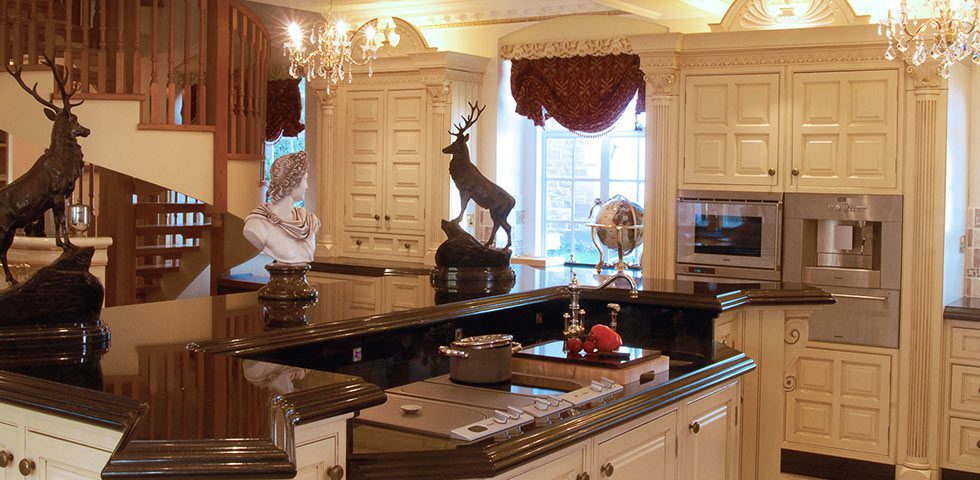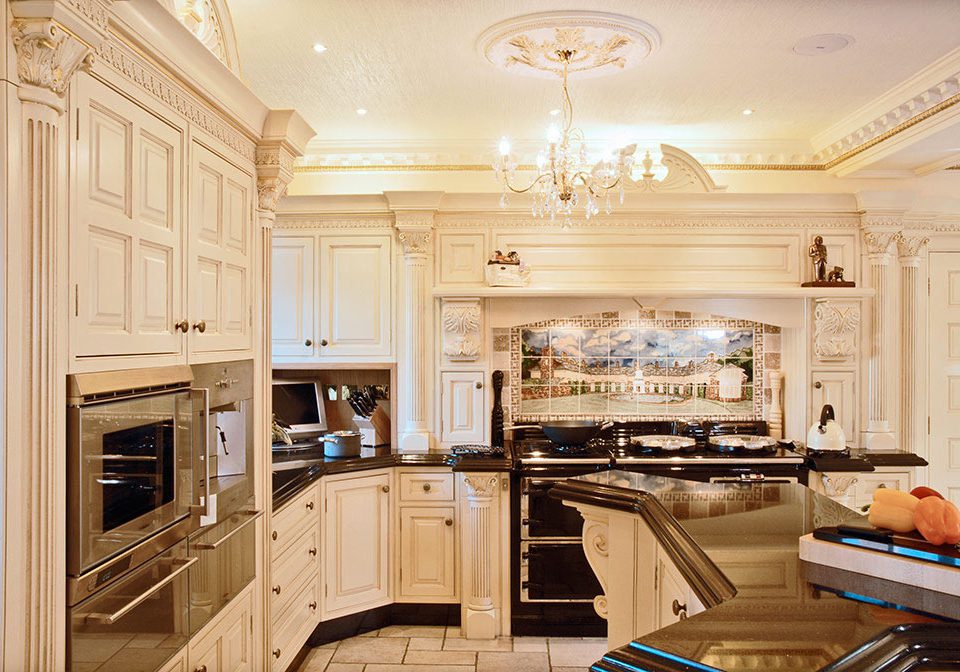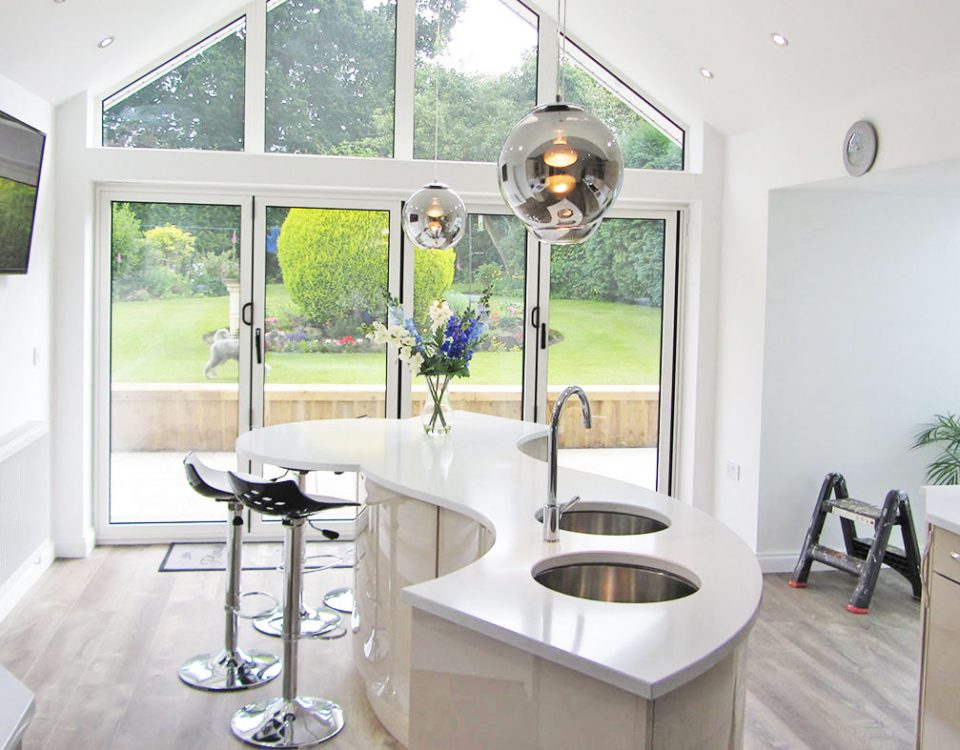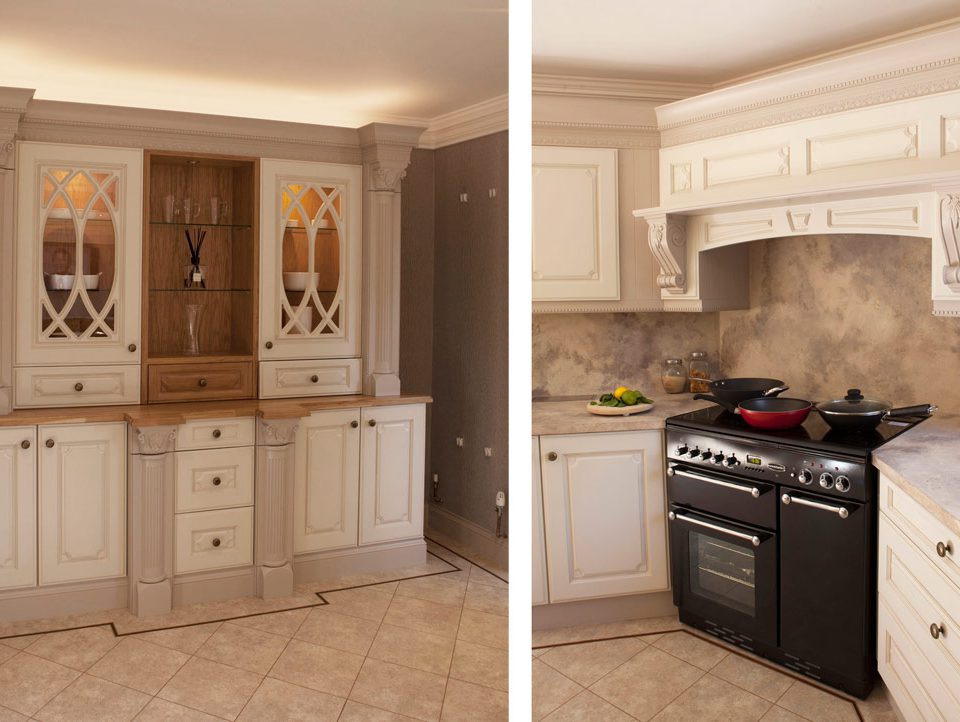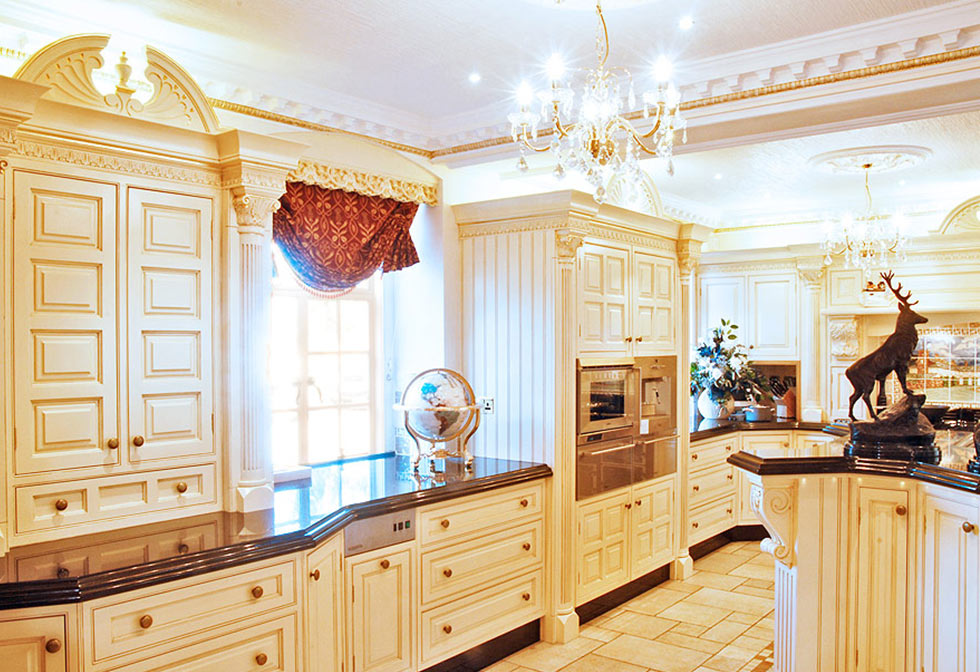
Traditional Kitchens – Victorian Kitchens or Edwardian Kitchens?
24th July 2013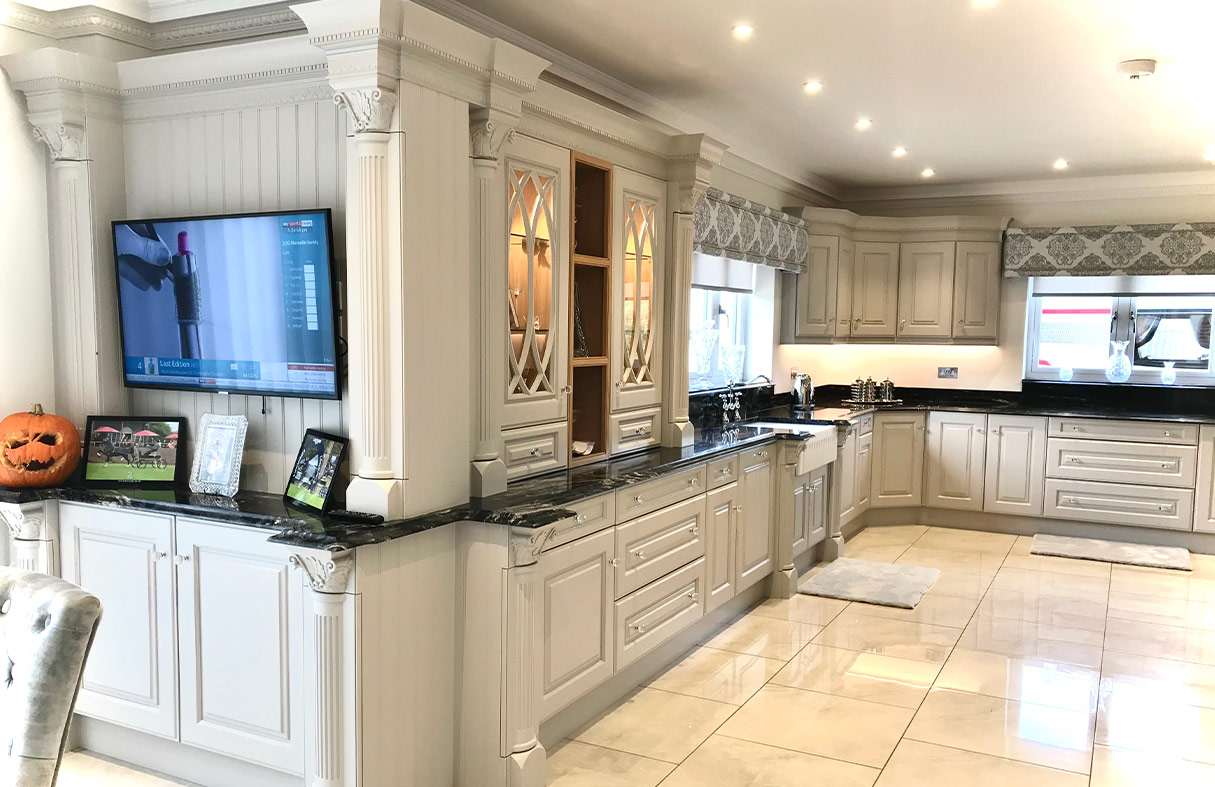
A Luxury Kitchen is the Heart of the Home
4th September 2013The History of the Luxury Kitchen
With regard to the origin of kitchens we often hear about Georgian style kitchens and Regency style kitchens but I must first and foremost dispel the myths.
Georgian Style Kitchens and Regency Style Kitchens
- The Georgian Era : 1714 to 1837 with a sub-period of the Regency 1795 to 1837
- The Victorian Era : 1837 to 1901
- The Edwardian Era : 1901 to 1910-18
During the Georgian and Regency eras there were no kitchens as we know them today – they did not exist! All the cooking was done over an open fire in Britain. However these time-frames did have an influence on the architecture of magnificent buildings such as Carlton House (best known as the town residence of the Prince Regent for several decades from 1783), The Royal Brighton Pavilion (building commenced 1787 onwards) and Sir Christopher Wren’s St. Paul’s Cathedral (re-built 1677), which later went on to have influence on the designs of all aspects of furniture, including fitted kitchens.
Thus one can have Regency kitchens or Georgian kitchens because it’s simply a reflection of the architraves, skirting and other moldings copied from the architecture of the relevant period. What one might call a Regency kitchen or Georgian kitchen nowadays is more closely representative of a what others would call an Edwardian style kitchen, rather than a Victorian style kitchen. This is because Victorian kitchens were and are far more luxurious, opulent and detailed, using high quality materials and craftsmanship; whereas Edwardian kitchens looked back and reflected the more understated Georgian and Regency styles.
It was under the reign of Queen Elizabeth I (1558–1603) that a strong naval force was built to protect British waters, Britain also started to expand the British Empire. As Colonialism spread, a widening range of never seen before foods, materials, commodities and other goods and riches were brought back to Britain by merchant ships. Tea houses were set up, along with bakery shops, lodges, eateries, clothing fitters, etc. These shopkeepers could now afford their own homes and merchants from different trades demanded better and more exclusive homes and as a result architecture not only started to evolve but actually gained significant momentum.
Individuals who previously lived in a feudal system could now break away from the land and find their own way in cities and the New Worlds. Some to set up their own businesses, some became very wealthy and as a result commissioned their very own manor houses to be built, or their own lavish homes. This was when the influence of the Greek/Roman architecture started becoming very popular amongst the very rich especially on the exterior of the buildings.
Luxury Victorian Kitchens
It was with the invention of the ‘range cooker‘ during the Industrial Revolution and the Victorian era – that the first proper ‘unfitted kitchens’ originated. With the developing spread of household running water and drainage, and the introduction of a sink – the concept of the first real unfitted kitchen took shape; where cooking, refrigeration (on the cold slab in the pantry), sinks and storage areas formed what later was to become the precursors to the modern fitted kitchen.
For the first time we had china cupboards and high tables (which in today’s terms are referred to as kitchen islands) where chefs would use them to chop, slice and prepare meats and fish. Next to the high tables were normal height tables where women would sit and natter and prepare vegetables.
The area above the range cooker, generally the chimney breast, took away fumes from cooking and a few utensils were hung above for convenience of reach (this area later came to be referred to as the mantle).
These first kitchens were usually in the basement next to the scullery and servants’ quarters, and the meals were taken upstairs to the dining room by the servants. After that the servants would sit and eat together at the kitchen table. This is origin of the first ‘unfitted kitchens’ or as is often referred today as ‘free standing kitchens’.
Because kitchens were located out of the way in the basement, it was an area of very little natural light, so some servants started to paint their kitchens and sculleries to brighten the rooms and thus was born the concept of ‘painted kitchens’.
Kitchens increasingly became more fitted with the introduction of cold slabs and pantry cupboards. The surrounding rooms started to have skirting and architraves around the kitchen furniture and luxurious ornamentation became increasingly important as a status symbol. Certainly this was true for the rest of the house, and eventually aesthetically pleasing furniture and ornamentation filtered into kitchen areas too.
Elegant Edwardian Kitchens
During the Edwardian era the concept of ‘painted kitchens‘ were taken to a whole new level with improvements in the quality of new paints and a new art of painted furniture.
Throughout the Edwardian period the craft of furniture making continued to evolve and bespoke pieces of furniture were commissioned by wealthier households which eventually filtered down to the kitchen areas. The Edwardian elite much preferred simpler moldings in their homes compared to wealthy Victorians and it became known as the era of under-stated elegance.
Therefore in today’s terms this means that an Edwardian kitchen is less intricate and less fussy than a luxury Victorian kitchen with regard to moldings and other details. However both should still conform to high standards of craftsmanship and the use of high quality materials.
With the spread of gas lighting in homes in the later part of the industrial revolution (1820’s onwards), and later incandescent light bulbs (1920 onwards) more time would have been spent in kitchens and thus a greater desire to further improve its attractiveness, features and uses.
***
The photo at the top of this article is a representation of a luxury Victorian kitchen with all the fine detailing. This kitchen is an exquisite Broadway bespoke kitchen – we call the ‘Knightsbridge‘.
We at Broadway design and manufacture Kitchen styles taken from the Georgian, Regency, Victorian and Edwardian eras. These styles are representations of the architecture of the relevant period. In addition, we have designed, built and installed period kitchens in both Grade 1 and Grade 2 listed buildings.
In future articles I shall be discussing the influence of Art Deco on fitted kitchens, and also the influence of William Morris (1834 – 1896) and Charles Rennie Macintosh (1868 – 1928) on furniture; and the Arts and Crafts Movement and its relevance to fitted kitchens.


